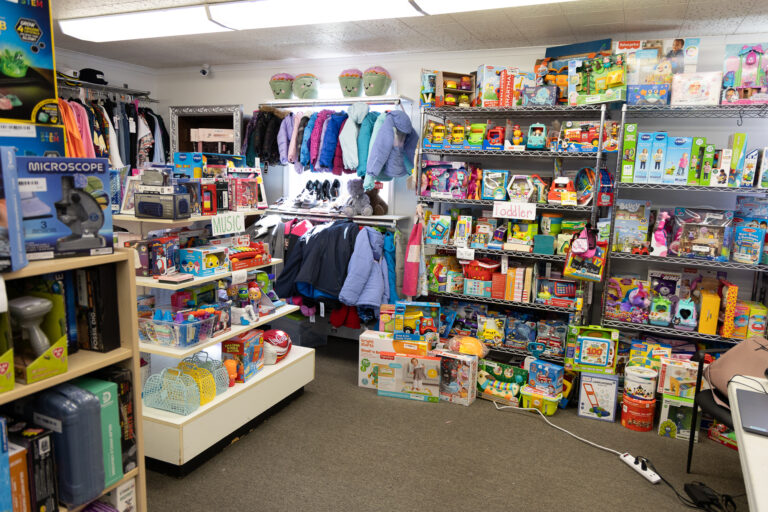Infographics: Not Just An Ad Fad
While Webster’s fails to recognize “infographic” as a legitimate term it seems the phenomenon is not going anywhere anytime soon. Wikipedia however offers up a pretty accurate definition to work with.
Information graphics or infographics are graphic visual representations of information, data, or knowledge. These graphics present complex information quickly and clearly, such as in signs, maps, journalism, technical writing, and education. With an information graphic, computer scientists, mathematicians, and statisticians develop and communicate concepts using a single symbol to process information.
Infographics have been taking over the digital world and hold a special place in today’s advertising. More and more businesses have realized the benefit of incorporating them into their advertising budget so much so that I recently just completed one for a new start up! “Static graphics are by far the most common medium, likely due to the fact that they are the easiest to create, host, distribute, and re-post.” says Ross Crooks author of the article, 3 Trends That Will Define The Future of Infographics. It is simple to see why business want to (and frankly should) capitalize on this growing trend.
Most of you may have seen infographics floating along on Pinterest but according to Crooks the future is in motion graphics. “These motion graphics are usually narrative-based, and use a combination of illustration, data visualization, and kinetic text to inform a viewers on a particular topic.” This idea lets the advertiser bring the “information to life”. With the overwhelming popularity of devices such as the iPhone and iPad its no wonder the push towards creating HTML versions are on the rise as well.
The concept of real-time data visualization is the concept that got me thinking however. This idea is using updated visual representations of real-time events. By tracking social analytics they can be placed into an easy to understand interface. This reminded me instantly of a project brought up in class called “We Feel Fine” an exploration of human emotions collected from various web blogs. It is organized into a particle system where each of the floating balls represent a single human emotion posted by someone anywhere in the world. The database also allows for organization of this data to view the happiest and saddest cities according to real time emotions. One of We Feel Fine’s creators Jonathan Harris gave a fantastic TED talk about the project.
The idea of infographics may not necessarily be a new concept but it is certainly growing and evolving constantly. Here is a link to check out some more amazing infographics done by infogr8 a modern visual design and data visualization agency in London.
As an advertising major I’ll also leave you with one last look at a special infographic that I was shown by a recent grad. She was able to confirm 98% of it and left me laughing knowing that the ad world is one of a kind.







